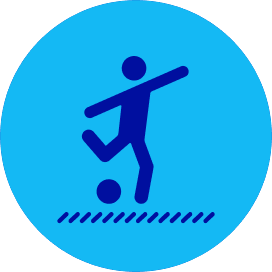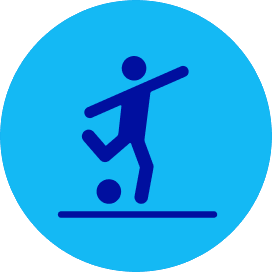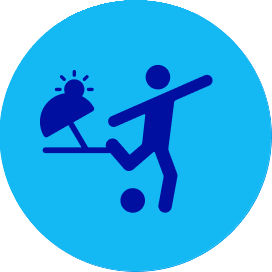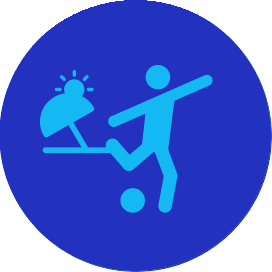Jalevin throwing
Javelin throwing and vortex throwing equipment
Javelin throwing, sometimes also called javelin throwing, is a specialty of both male and female athletics. The goal is to throw as far as possible a tool with tapered lines called javelin. The athlete has a series of attempts, the best throw is considered.
Power, speed, coordination and rhythm. These are features that a good pitcher will need to consider and develop. Only by combining all these capabilities can the launch distance be maximized.
Similar to the throwing javelin, but practiced in the beginner categories of athletics, we have the vortex throw. Tool, preparatory to the javelin, with reduced dimensions usually made of synthetic material. Characterized by an aerodynamic shape composed of tail and body.
In the catalog of Artisport, you will find different models of javelin competition of different weights, and some tools for the launch of the vortex. If you do not find what you are looking for contact us for more information or request a customized quote.


 Sport
Sport

 Basketball
Basketball

 Football - Soccer
Football - Soccer

 5-a-side football - Minisoccer
5-a-side football - Minisoccer

 Beach soccer
Beach soccer

 Handball
Handball

 Volleyball
Volleyball
